A fine pair of polychrome earthenware baluster vases, decorated on a brown background with anchored crosses, crowns and ermines, heraldic medallions featuring deer and birds of prey.
The whole is enhanced by a double-patina bronze frame embellished with architectural scrolls and foliage.
Biography :
Bordeaux knew at the beginning of the 19th century a great development of fine earthenware due to the establishment of a manufacture by Boudon de Saint-Amans. That factory was however quickly sold to David Johnston, whom opened a factory in Bacalan that counted then up to 700 workers. The production became industrial, with printed patterns of varied colors. Jules Vieillard took after in 1845 David Johnston’s company. His work was crucial to the industrial success of the Bacalan manufacture and also to the artistic quality, which was unanimously celebrated during the famous Universal Exhibitions. His earthenware even earned the generic name of « Vieillard ceramics ». In his last period, Jules Vieillard developed an exceptional Orientalism through his creations. In 1865, his sons Charles and Albert, took after the factory under the company name of « Manufacture Jules Vieillard et Cie », and produced a lot of various designed pieces, particularly decorated with birds and flowers. However, their printed decors were of quite poor quality. To solve that problem, they decided to renew the forms of the pieces, evolving towards fashionalble decorative pieces, such as lamps, jardinieres and vases. As for the oldfashioned decoration, the artistic department worked hard under the direction of Amédée de Caranza newly arrived around 1875. This ceramist from Longwy, launched there in 1872 the famous eponymous enamels « Emaux de Longwy », renewing the ornemental vocabulary with his technique of partitioned enamel. His decorations mainly evoked the brilliance of Persian and Japanese objects. But, as Caranza left Longwy to Bordeaux, Longwy couldn’t keep any longer its exclusivity. Caranza became then the manager of the Vieillard factory workshop in 1882, which knew thus a new momentum, until his departure a few years later, probably in 1885. The Vieillard factory closed down in 1895.






















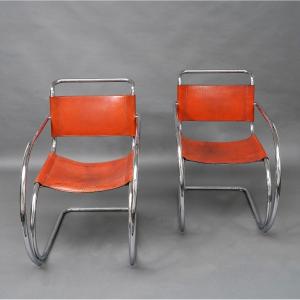


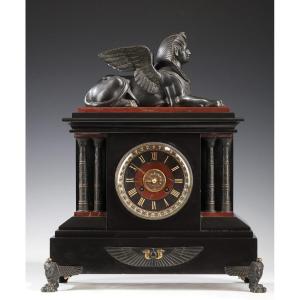
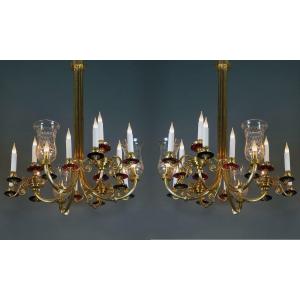



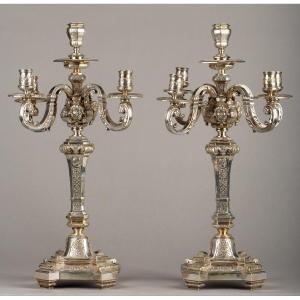


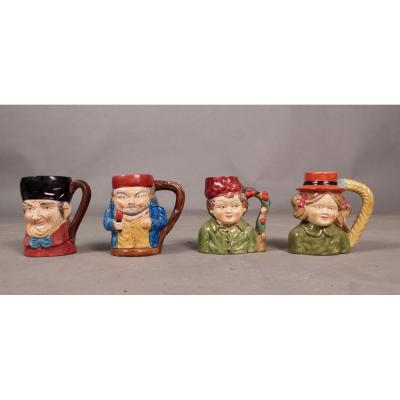






 Le Magazine de PROANTIC
Le Magazine de PROANTIC TRÉSORS Magazine
TRÉSORS Magazine Rivista Artiquariato
Rivista Artiquariato